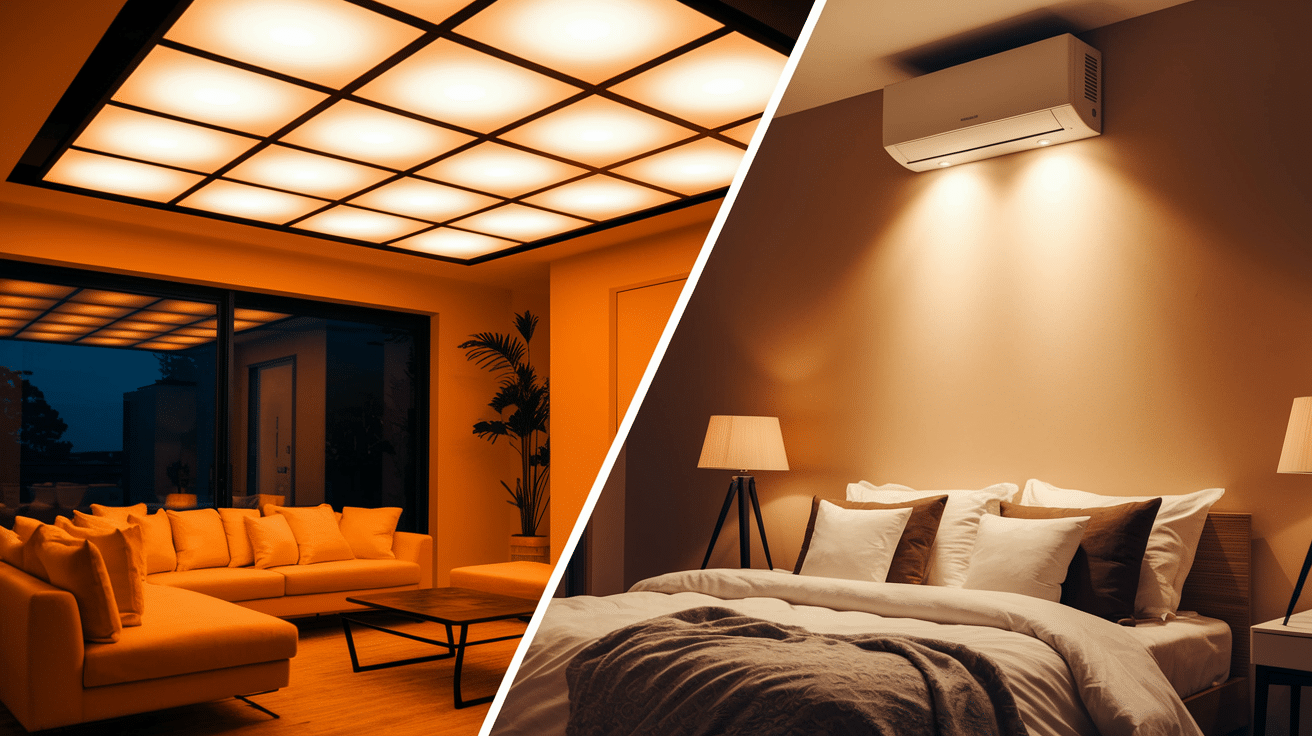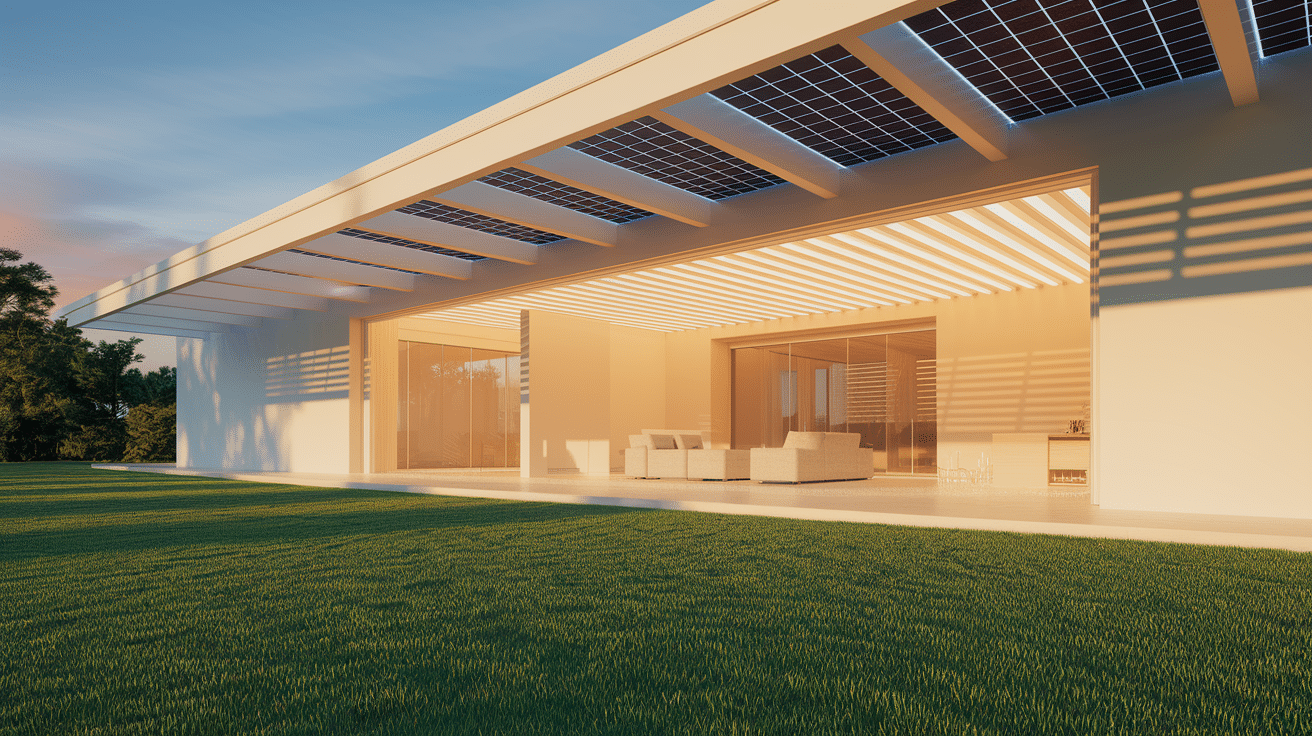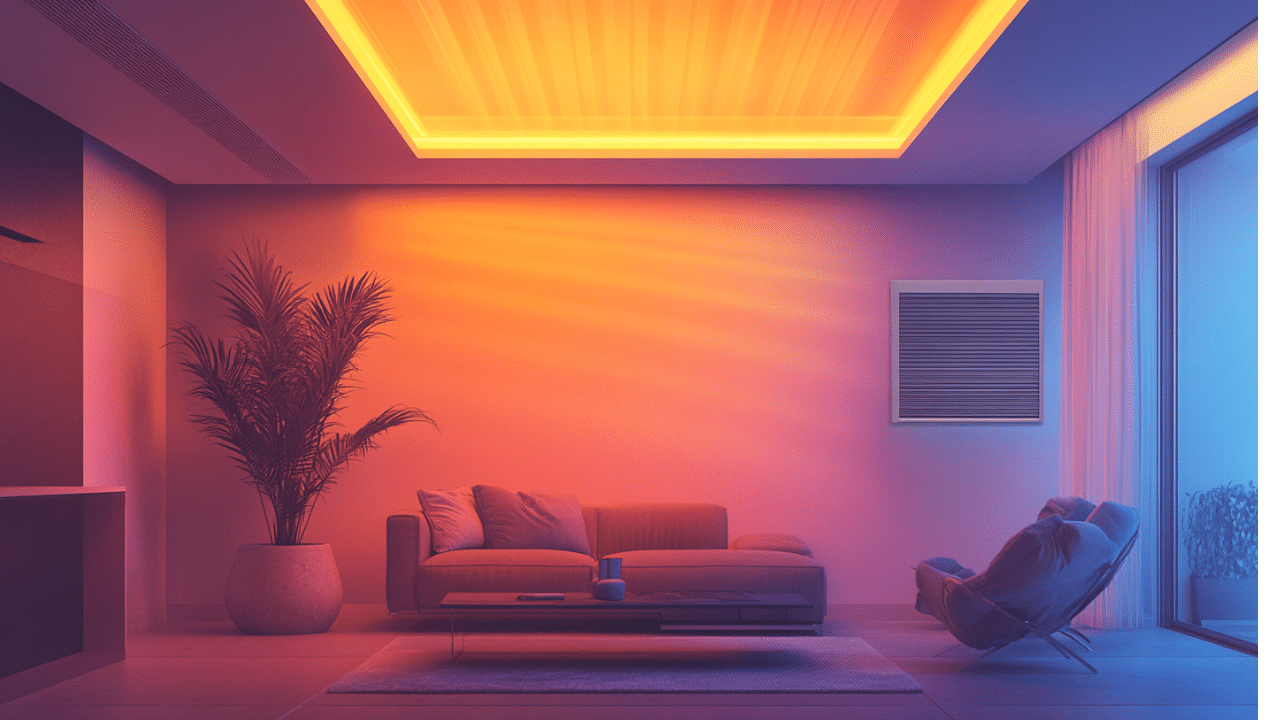Radiant ceiling panels offer a clean, efficient, and surprisingly powerful way to heat any space.
Unlike forced-air systems or baseboard heaters, these panels don’t push air or take up floor space—they provide heat directly through infrared radiation, warming people and objects in the room.
The result? Immediate comfort, even temperatures, and better energy savings. Their silent operation and sleek design make them ideal for modern homes, offices, and even commercial buildings.
They’re especially effective in spaces with high ceilings, poor insulation, or large open layouts where other systems often fall short.
As heating costs continue to rise, many are searching for smarter alternatives. Radiant ceiling panels are meeting that demand without compromising.
This blog breaks down what they are, how they work, and why so many are making the switch. Let’s get straight into what matters.
What are Radiant Ceiling Panels?
Radiant ceiling panels are flat heating units installed on the ceiling that warm up a room using infrared radiation.
Instead of warming the air like traditional systems, they directly heat objects and people in the room, creating a natural, comfortable warmth.
How Do They Work?
These panels emit infrared heat, similar to how the sun warms your skin on a cool day. Because they don’t rely on air circulation, they avoid the inefficiencies and uneven heating of forced-air systems.
The result is faster, more targeted warmth with less energy loss.
Benefits of Radiant Ceiling Panels

Here’s why more homeowners, builders, and designers are choosing radiant ceiling panels over traditional heating systems.
A. Energy Efficiency
- Radiant panels heat directly, reducing the energy needed to warm a room.
- Homes and businesses can see over 40% savings in energy costs compared to conventional heating systems.
B. Comfort and Health
- The panels distribute heat evenly across the room, eliminating cold spots.
- Since no air is pushed around, dust and allergens remain undisturbed—great for those with allergies or respiratory sensitivities.
C. Space-Saving Design
- Being ceiling-mounted, they free up floor and wall space—ideal for minimalist or compact interiors.
- Their slim, flush appearance blends seamlessly into most ceiling styles.
D. Silent Operation
-
With no fans or moving parts, radiant ceiling panels operate completely silently—perfect for bedrooms, offices, or any quiet space.
Installation Considerations
Before switching to radiant ceiling panels, it’s important to understand the basics of planning, setup, and cost. Here’s a quick look at what to expect:
| Aspect | Details |
|---|---|
| Planning & Design | Assess room size, ceiling height, and insulation; consult a professional. |
| Installation Process | Panels mount with minimal changes; connect to existing electrical systems. |
| Cost Factors | Panels cost $200–$500; long-term savings can offset upfront costs. |
Radiant Ceiling vs. Traditional Forced-Air Systems

Why choose radiant ceiling panels when forced-air heating is everywhere? Here’s how they compare on what really matters.
| Aspect | Radiant Ceiling Systems | Traditional Forced-Air Systems |
|---|---|---|
| Heating Method | Transfers heat directly from the ceiling to the room. | Uses a blower to distribute heated air through vents. |
| Energy Efficiency | Highly efficient; minimizes heat loss. | Less efficient due to heat loss in ductwork. |
| Installation | Simple, with minimal ductwork. | Complex installation with extensive ductwork. |
| Maintenance | Low maintenance, durable, fewer moving parts. | Higher maintenance due to filters, ducts, and moving parts. |
| Air Quality | No air circulation; reduces dust and allergens. | Circulates air, which can spread dust and allergens. |
| Noise Level | Quiet operation. | It can be noisy due to the blower and air movement. |
| Comfort | Even heat distribution eliminates cold spots. | It can create temperature fluctuations and drafts. |
| Space Utilization | Saves floor space; installed in the ceiling. | Requires space for vents and ductwork. |
| Cost | Higher upfront cost but lower operating costs. | Lower initial cost but higher long-term energy expenses. |
| Longevity | Long-lasting with minimal repairs needed. | May require more frequent repairs and part replacements. |
Potential Drawbacks and Considerations
Radiant ceiling panels bring impressive comfort and energy efficiency, but like any system, they come with a few trade-offs.
One of the biggest factors to consider is the upfront cost.
Compared to traditional systems like forced-air or baseboard heaters, radiant panels can require a higher initial investment—especially when outfitting large areas or retrofitting older buildings.
Another consideration is room insulation. These panels work best in well-insulated spaces where heat is retained efficiently.
In poorly insulated rooms, more energy may be needed to maintain warmth, which could impact savings.
Ceiling height can also affect performance. The greater the distance between the panel and the room’s occupants, the longer it can take to feel the full effect of the heat.
Despite these factors, many find that the long-term comfort, energy savings, and low maintenance make radiant ceiling panels a worthwhile choice with proper planning and design.
Design Aesthetics and Versatility
Radiant ceiling panels go beyond function—they offer flexibility in design and wide usage across different spaces. Here’s how:
-
Seamless Integration:
These panels fit easily into various ceiling types—suspended, drywall, or even exposed structures—without disrupting the room’s layout. -
Minimal Visual Impact:
Their slim, flush-mounted profile keeps them low-key and nearly invisible, making them perfect for modern, clutter-free interiors. -
Ideal for Contemporary Spaces:
The sleek design complements minimalist styles where clean lines and open spaces matter most. -
Multi-Space Compatibility:
Radiant ceiling panels work well in every environment, from cozy homes to large-scale commercial setups like offices, schools, hospitals, and warehouses. -
Balanced Comfort + Looks:
Quiet, even heating meets attractive, unobtrusive design—so you get warmth without sacrificing aesthetics.
Sustainability and Environmental Impact

Radiant ceiling panels support greener living by using significantly less energy than traditional heating systems.
Since they heat objects directly without needing to warm the air, energy waste is minimized.
This reduction in energy usage means a smaller carbon footprint over time. Additionally, these panels are compatible with renewable energy sources such as solar or wind-generated electricity, making them an ideal fit for environmentally conscious homes and buildings.
When paired with smart thermostats and zoned heating strategies, they further optimize energy use without sacrificing comfort.
For those aiming to meet energy efficiency goals or building certifications, radiant ceiling panels provide both practical and eco-friendly advantages.
Conclusion
Radiant ceiling panels prove that heating can be both efficient and effortlessly effective.
They offer a system that’s simple to install, easy to maintain, and incredibly smart about energy use.
They perform quietly, respond quickly, and last for years without needing major attention.
For those who care about long-term savings, comfort, and modern design, radiant ceiling panels aren’t just an alternative—they’re a strong contender for the top spot.
If you’ve dealt with cold spots, high bills, or noisy systems, it may be time to rethink your approach to heating.
Got thoughts or questions about how radiant ceiling panels could work for your home or project?
Share them in the comments—we’d love to hear what you’re thinking.


